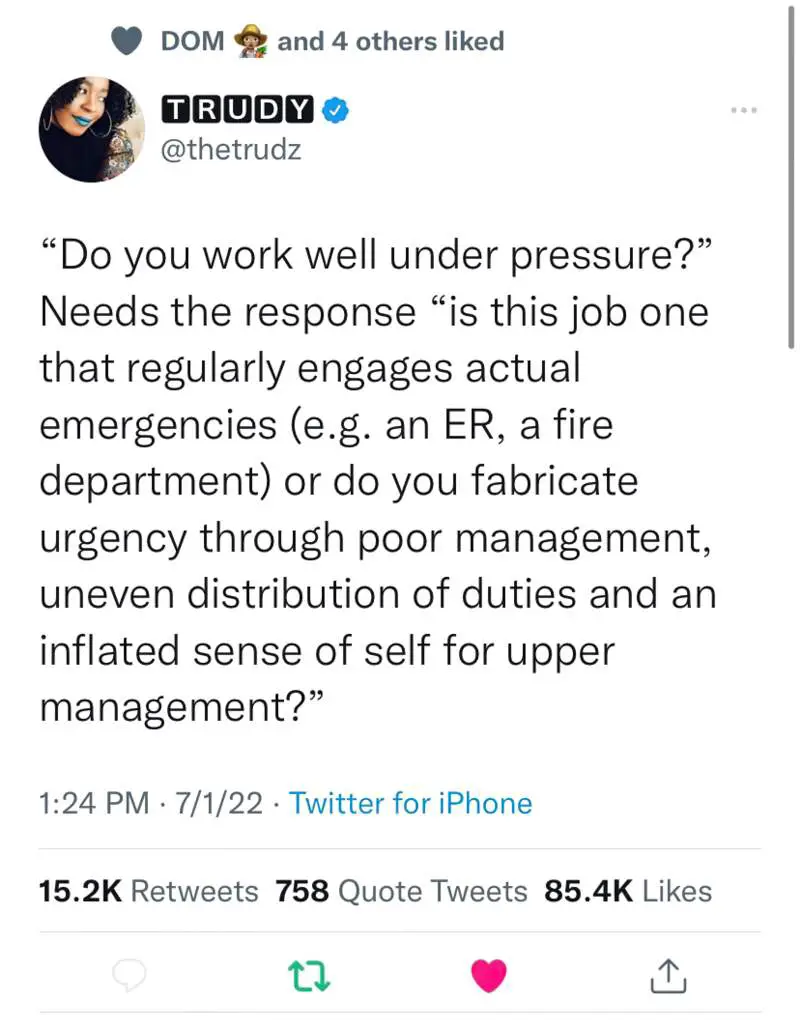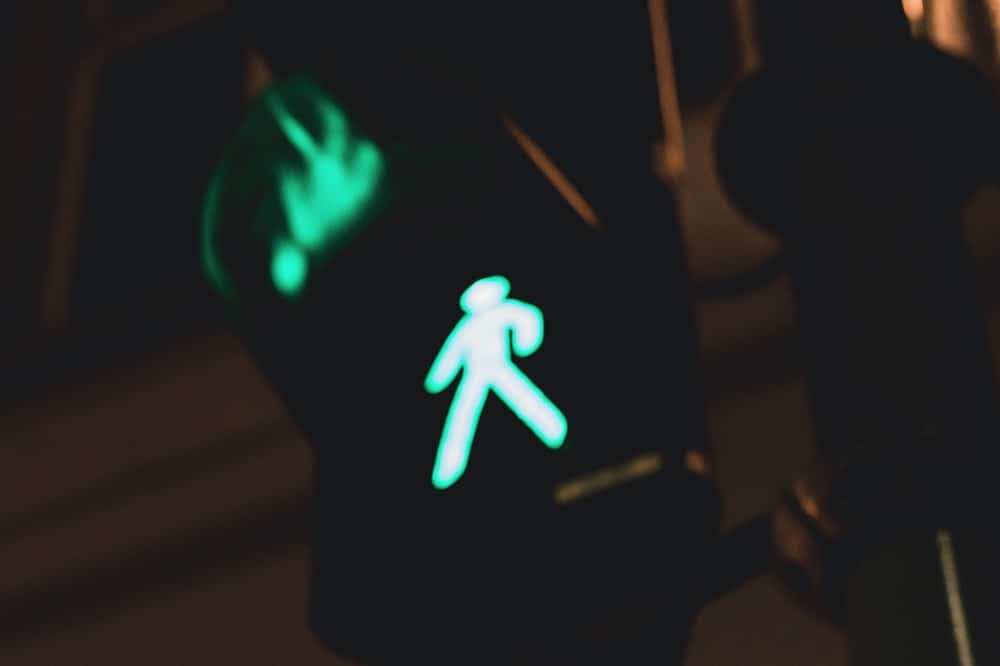There are many ways of looking at character: flat vs rounded, static vs dynamic and stylised versus natural. These distinctions are explained below.
FLAT/ROUNDED

Is this character more ‘flat’ or more ’rounded’?
This distinction was first made by E.M. Forster in Aspects of the Novel, who said that a round character is one who is capable of surprise.
I would like to carve my novel in a piece of wood. My characters—I would like to have them heavier, more three-dimensional…. My characters have a profession, have characteristics; you know their age, their family situation, and everything. But I try to make each one of those characters heavy, like a statue, and to be the brother of everybody in the world.
Georges Simenon
In any work of literature there is a place for characters of both orientations.
FLAT CHARACTERS
- Are by nature 2D and without colour
- Typically have one stand-out trait or none at all
- Are often either ‘good’ or ‘evil’
- Actions are predictable
- Common in formulaic fiction
- The characters in Winnie the Pooh are all flat, but collectively make up parts of a single character (Christopher Robin), who is not flat
- But a flat character is not necessarily artistically worse than a rounded one — whatever serves the story is good.
- Respond in predictable, mechanical ways. This makes flat characters very useful in comedy or in suspense stories (e.g. horror and thriller).
ROUNDED CHARACTERS
- More closely approximates a real person
- Possess a number of traits
- We can’t predict their behaviour
- Protagonists aren’t necessarily rounded, though are more likely to be so
- Secondary characters aren’t necessarily flat, though are more likely to be so
- In children’s literature, the rounded characters are generally less complex than they would be in real life, for simplicity’s sake
Basically, rounded characters are individuated characters. Individuated characters are detailed.
I want each character to be as unique as possible. I want them to reflect something of who they are in the way that they move and in how their bodies work. That was foremost in my head when I was writing Salvage: I wanted every gesture, every little movement, to really carry meaning and communicate meaning to the reader. I was very conscious of that when I was writing.
Jesmyn Ward
STATIC/DYNAMIC

Dynamic characters change over the course of the story.
Static characters remain the same.
What about the characters in the books you’ve published so far? Here are mine:
Asaf of The Artifacts changes. Therefore he is of ‘dynamic orientation’. He stops collecting material items to make himself happy and begins to broaden his mind with experiences.
Roya of Midnight Feast changes a little, but ultimately chooses to ignore the realities right outside her window. She is closer to the ‘static’ end of the continuum.
Hilda of Hilda Bewildered undergoes an entire character arc from overwhelmed to able to cope.
Allegra of Diary Of A Goth Girl also undergoes an entire character arc, from prickly and mean to loving.
- Both main characters and supporting characters can be static or dynamic.
- Old didactic (moralistic) children’s literature is more likely to have static characters.
- But static characters aren’t necessarily worse than dynamic characters — it depends on the story.
- Contemporary children’s literature commonly depicts inner growth, and therefore needs a dynamic main character.
- Rounded characters can be either dynamic or static — these are two different continua
- There’s kind of a rule of kidlit that a good kid can’t turn evil, but the opposite often happens, even if the ending is left ‘open’, and we’re encouraged to assume redemption
- Oftentimes, if a character were to change too much we’d be disappointed. We’d be disappointed if Anne of Green Gables lost her optimistic attitude, for example.
STYLIZED/NATURAL

This distinction is important in children’s fiction.
- Stylisation is a commonly used didactic device. (Stylised characters are used to teach the reader something.)
- A stereotype is a kind of stylisation (as well as tropes and stock characters)
- Contemporary psychological novels tend to feature natural characterisation
HOW TO DEVELOP A FLAT CHARACTER
I don’t use people I know at all. I really value the shorthand, the compression of suggesting a whole life while actually having to render up very little of it. I feel tired of exposition and backstory; the more you can suggest without spelling out, the more you can encompass in the same space. Fiction writing is always about compression and suggestion.
Jennifer Egan
Goodreads to Anne Tyler: You are noted for your skill in writing character-driven novels. Do you consider yourself a student of human behaviour? When working on character, do you turn to people watching or daydreaming—looking outward or inward for inspiration?
Anne Tyler: I figure we’re almost all students of human behaviour. That’s how we get along in the world—by trying to make sense of the people we have to deal with.
When I’m working on character, I search my memory for telltale traits or gestures that I may have noticed in some random passerby. For instance, the other day I met a delightfully scatterbrained woman who was wearing a plastic bracelet the size of a giant bagel. When she tried to write a note, her bracelet was so thick that her fingers couldn’t reach the pad of paper she was resting her wrist on. I loved that; I thought it said reams about her.
Goodreads
Here’s what Robert McKee has to say about characterisation in stories:
- Characters are not people. Whereas people constantly change and are difficult to pin down, characters in stories stand for things about human nature that are unchangeable through the ages.
- Be mindful of the difference between ‘characterisation’ (age, looks, job and other individuating details.) and ‘true character’ (that behind the mask). (It is a Western idea that there is such a thing as true character.)
- True character can only be expressed through choice in a moral dilemma. How a character chooses to act under pressure will reveal the most interesting things.

- Make sure you understand your character’s desires.
- Don’t reduce characters to case studies. ‘Generally, the more the writer nails motivation to specific causes, the more they diminish the character in the audience’s mind.’
- What other characters say about your character is more revealing than what main characters say about themselves.
- To create 3D characters, what you do is give them complexity by contradiction. The trick is to make the contradictions of their character consistent.
- The main character must be the most complex character in the story.
Catherine Tate was asked once, ‘Where do you get your characters?’ She told the journalist that there was a shop on such-and-such-a-street.
As Dean Norris said of his character Hank Schrader on Breaking Bad: “I knew all about my character before I’d read a thing.” (He’d heard his character was called ‘Hank’.)
From an acquisitions editor: Here is a problem I find in my own writing and one I see in a lot of submissions: Characters so focused on their own agendas that they don’t react like normal human beings to what is going on around them.
Cardboard Characters from Novel Rocket
FURTHER READING FOR DEVELOPING ROUNDED CHARACTERS
- 25 Things You Should Know About Character
- Why it’s not enough to simply fill out a character sheet from Edit Torrent
- 25 Things You Should Know About Protagonists, from Chuck Wendig
- What Is Character? Books which debunk the myth of fixed personality from Brainpickings
- Under Development: Ways to Create Characters, from The Other Side Of The Story
- Take Your Characters To Therapy from Writer Unboxed
- Four Things You Need to Understand about Character Emotion from Women On Writing
- HOW TO USE ARCHETYPES IN LITERATURE WHEN CREATING CHARACTERS FOR YOUR NOVEL from Writer’s Digest
RELATED
Sonder
The realisation that each passer-by has a life as vivid and complex as your own. (The inverse of solipsism.)
Header photo by Basil Samuel Lade.

